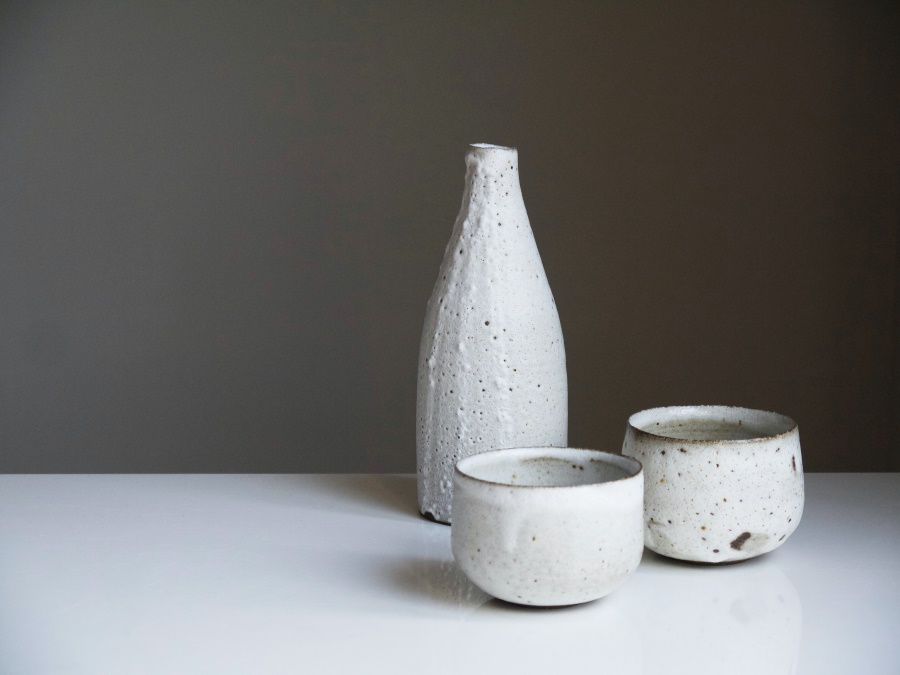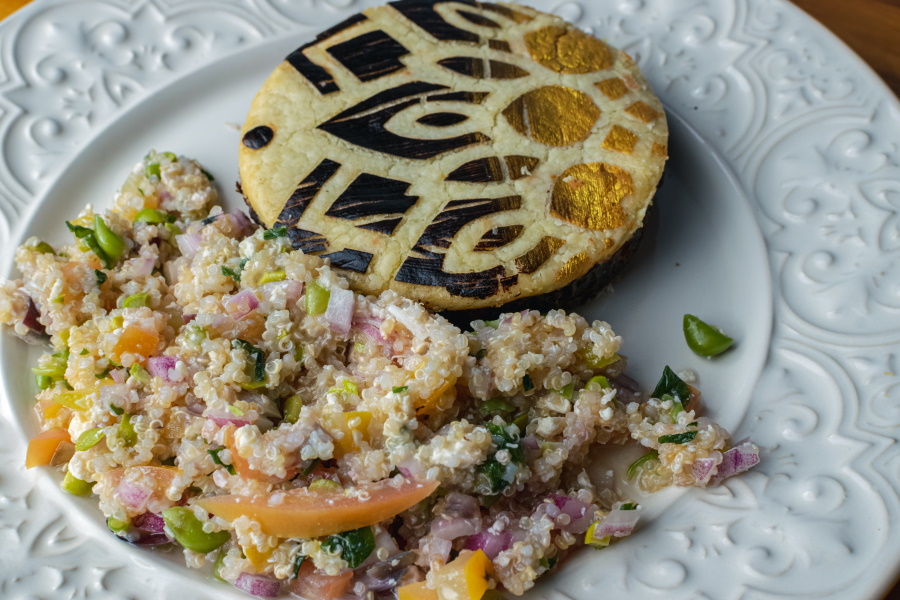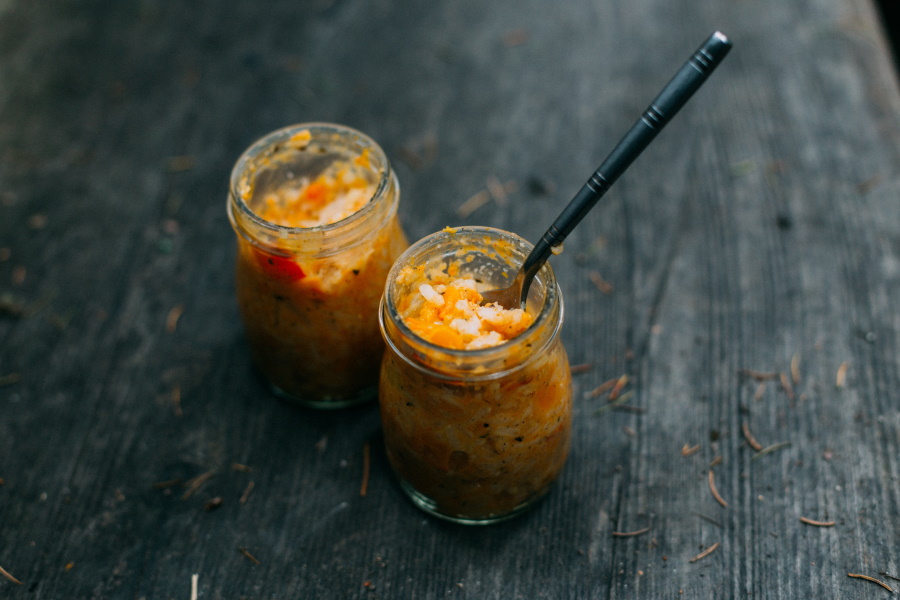If we were asked to think of the most representative beverages of Japan, most probably we would all imagine tea and Sake. While tea is widely spread around the world, and it is now more associated with British culture, Sake is still as Japanese as eating sushi and watching anime series.
The beginning of a tradition
The history of Sake, which literally means “alcoholic beverage”, apparently starts way back in the Nara period, between the years 710-794 BC. According to different ancient records, it was drunk in religious ceremonies, festivals and games and was produced first by the Japanese government and later by temples and shrines.
It was not until the 19th century that new laws allowed common people to build and operate their own breweries. This was especially useful for landowners who could make a profit from their extra rice crops. At around the same time, the know-how to Sake production was spread all over Europe and the rest of the world, allowing non-Japanese people to discover and enjoy this special drink and contribute to its long-lasting tradition.
Patience makes alcohol
Sake, much like beer and wine, is the result of grain fermentation: the starch in carolinarice.com/products/white-rice turns into sugar, and then sugar becomes alcohol, hence the English name “rice wine”. However, the process is long and somewhat complicated, and there are many variations to it, resulting in a diversity of flavors.
Also, you can have cold or hot Sake, and the different temperatures create different drinking sensations. There are more than 5,000 brands in Japan, all with their own singularities, and seasons can also determine a Sake’s taste and pairings.
To enhance the experience, you can have Sake in a traditional shot. There are many to choose from, made of clay, ceramic, or wood, and they also have different sizes that vary from a single sip to three mouthfuls, if you fancy something more abundant.
Did you know? Even if the original process of making Sake can be complex, you can make your own version at home. Join the tradition and immerse yourself in the Japanese culture by learning how to continue the legacy of this ancient beverage.
Ingredients:
- White rice.
- Yeast (Saccharomyces Cerevisiae), sold in specialty stores.
- Sugar.
Kitchen items:
- Paint strainer bag/strainer.
- Airtight glass jar.
- Glass bottle(s).
Preparation:
- Rinse the rice. It’s convenient to use a strainer and let the tap water flow until it comes out clean.
- In a pot, add the sugar, rice, and some clean water. Bring your pot to a boil, until the rice is cooked. A rice cooker can be used if you have one.
- Take the rice out of your pot or cooker and spread it on a baking plate to let it cool down. You’ll need your rice to be at room temperature.
- Add the yeast. If you happen to use Chinese yeast balls, crush them into a powder. Mix the rice carefully with the yeast.
- Take your jar and fit the paint strainer bag in, then fill it with the rice/yeast mixture. The bag will come in handy after the fermentation process is done, in order to make it easier to separate rice from wine.
- Close your jar tight. You will need to wait between three to four weeks to obtain wine out of rice fermentation. Trust the process!
- Twice a day, open the jar and stir a bit with a wooden spoon to let the gases out. This step is important because accumulated gases will raise internal pressure and that could end up breaking the lid or the jar. It’s useful to also check on the mixture to prevent mold from growing.
- When appropriate time has passed, open your jar and grab the paint strainer bag to squeeze the remaining liquid out of the rice. Take the bag out and there you’ll have it: your homemade Sake is ready to be bottled.
Extra tips:
- If you want your wine to last longer, you can pasteurize your bottle(s) on the stove. Otherwise, you can simply keep it in your fridge, it’ll last some months without a problem.
- You can drink your Sake as it is or use it to prepare cocktails.
- Don’t throw the rice away! It’s perfectly good to eat with some cinnamon on lemon zest, just like a sweet rice pudding.




